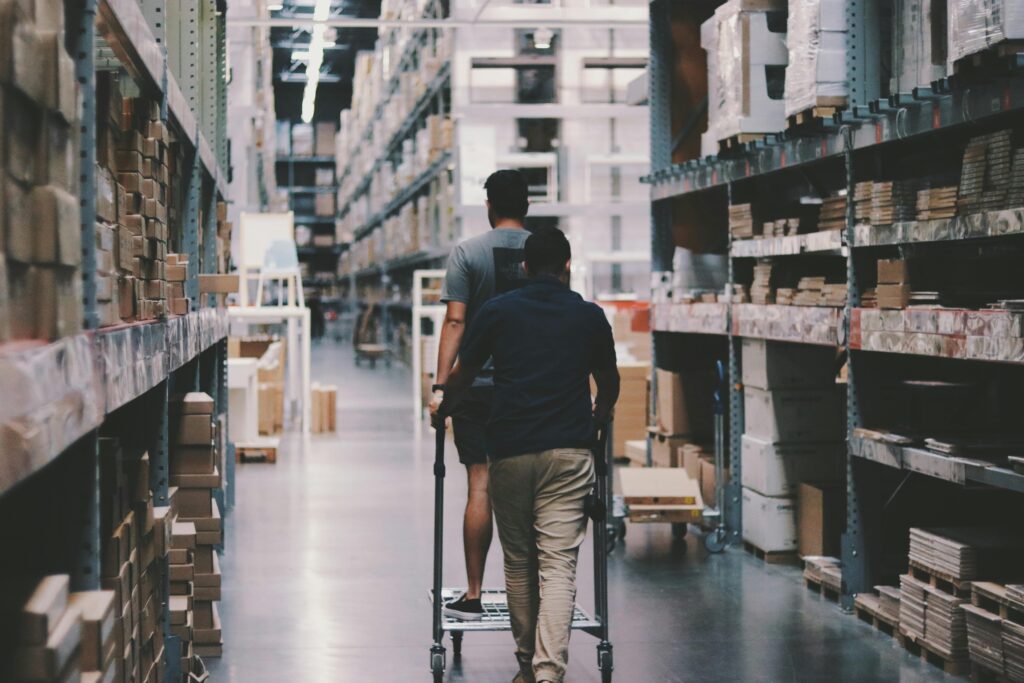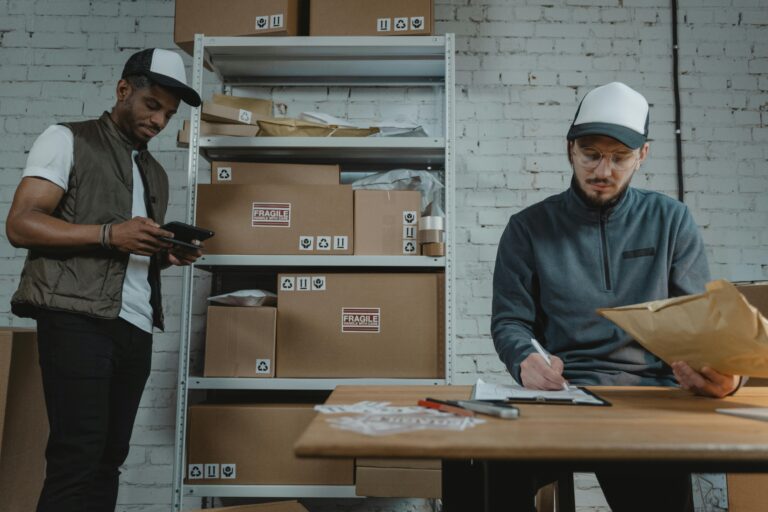
The end of a product’s journey is no longer the trash can. For modern U.S. brands, reverse distribution is rewriting the rules of consumer satisfaction, sustainability, and even profitability. But what exactly is reverse distribution, and how are big players leveraging it to win customer loyalty and market share?
Let’s dive into how brands like Apple, Amazon, and Patagonia are turning returns into remarkable brand moments—and what your business can learn from them.
What is Reverse Distribution?
Reverse distribution refers to the process of moving products from the customer back to the seller or manufacturer. This could be for returns, recycling, refurbishing, or safe disposal.
In the past, this was seen as a logistical headache. Today, it’s a strategic advantage.
Why? Because consumers are more environmentally conscious, expect flexible return policies, and increasingly value brands that offer convenient solutions.
Also Read : Creating a Scalable Sales Process for Startups: A Step-by-Step Guide
Returns Aren’t a Loss—They’re an Opportunity
Amazon: Building Loyalty Through Hassle-Free Returns
Amazon’s return policy is famously generous. By making returns easy, even for bulky items like furniture or electronics, Amazon reduces customer risk and builds trust. Their network of drop-off points at Kohl’s and Whole Foods simplifies the process even more.
While this may seem like a costly system, it actually encourages more sales and higher conversion rates. People are more likely to purchase knowing they can easily return.
Zappos: Turning Returns Into Repeat Customers
Zappos has made reverse distribution a cornerstone of their customer service strategy. With free returns for up to 365 days, they show deep confidence in their products and respect for customer choice. This bold move results in high customer loyalty, with many customers returning again and again—not to send products back, but to buy more.
continue reading…


